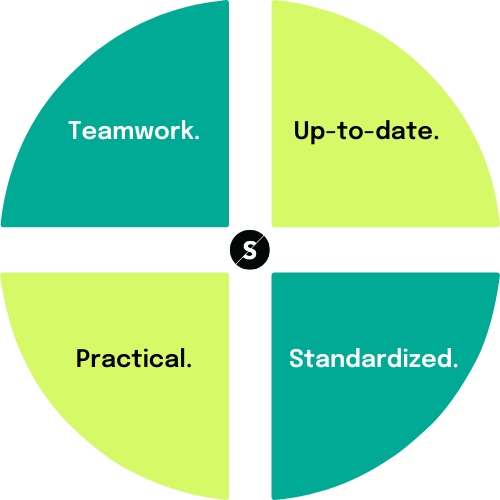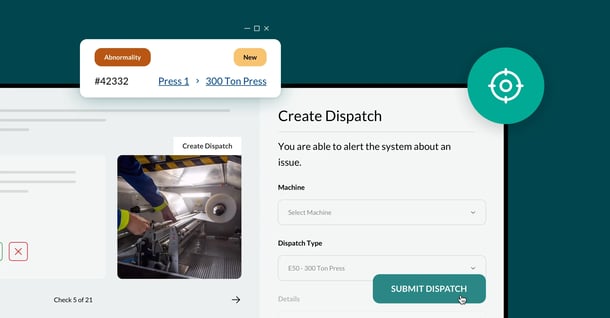

Standard Operating Procedures (SOP) Best Practices & Guidelines.
Discover SOP Best Practices with our Simple Guide. Learn How to Create Clear and Effective Standard Operating Procedures to Boost Productivity and Safety.
General Standard Operating Procedure (SOP) Best Practices.
Standard operating procedures (SOP) provide guidelines for your frontline team members to complete a given process. SOPs are often used to ensure that operations run smoothly: with cohesion, performance uniformity, and in compliance with safety measures and regulations.
Before you get started with the actual development of your standard operating procedures, consider the following SOP best practices:
SOP best practices: standardized and practical information that is up-to-date. Bonus points for team buy-in, where continuous improvement can be achieved with input from multiple team members.
Get your team on board.
One of the biggest challenges in SOPs is the lack of team adoption. SOPs can often be perceived as restrictive. That’s why it’s very important that you involve your team in the creation of the SOP. Talk to your key stakeholders to gather input and ideas, and understand their perspectives. Make sure you share a draft of the SOP with them early on.
Aim for practicality.
Standard operating procedures need to be designed with practicality in mind. Your team must be able to put them into practice. That’s why it’s important to talk to your team and understand if the SOP reflects their workflow and perspectives.
Review and maintain.
Another common mistake is not reviewing and properly maintaining SOPs. Procedures can change from time to time. You may also identify ways to improve them. When this happens, make sure you update your SOP.
Mind the S in SOP.
Standard operating procedures should be, well, standard. There is no room for deviations and ambiguity in SOPs. The terminology and wording you use is very important to ensure consistency in your SOP.
Best Practices: SOP Writing.
Speaking of wording, let’s get into writing guidelines.
1. Keep things simple
- Break down each procedure into individual instructions.
- Break down individual instructions into individual steps.
- Limit each step to a single action. Use one verb per sentence.
2. Avoid jargon and stick to your terms
- In SOPs, jargon should be kept to a minimum. Use plain, literal language.
- Stick to a term once you use it. For example, if you refer to “sterilized bottles” in the first step, use “sterilized bottles” (and not just “bottles”) in follow-up steps.
3. Use active voice and action-oriented language
- Start sentences with a verb whenever possible.
- Always use active voice instead of passive voice.
- Active voice: Use the lever to lift the object.
- Passive voice: The object should be lifted with the lever.
4. Keep a good flow in instructions and don’t leave critical info for later
- Don’t add unnecessary actions where they are not needed, and don’t forget any actions required to complete a task.
- If you need to provide a warning or troubleshooting info, do it when you’re explaining the relevant step, and not before or after.
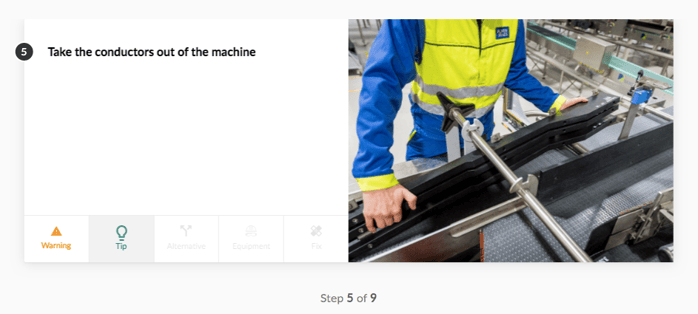
Simplicity and action-oriented practicality: best practices when making great SOPs.
Best Practices: SOP Visuals.
Visuals are extremely important in SOPs. Follow these tips:
- Make your visuals as clear as possible: show the action clearly.
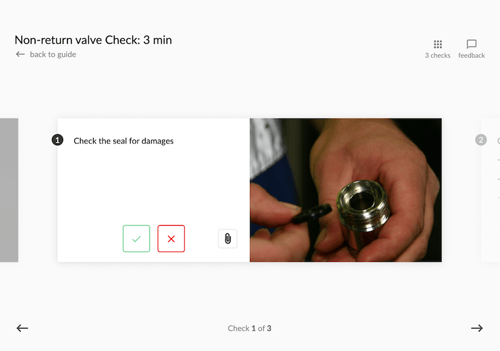
- Use simple, animated GIFs or short videos when you want to show someone how to do something. Static pictures work best for simple actions like “press a button.”
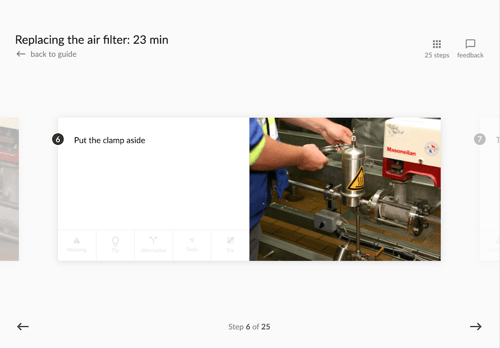
-
Show context and detail where it’s needed. For example, if you need to show how to attach a lock to something, show the lock close up. Or if you want to highlight the tools needed, make sure to clearly show them in the visuals.
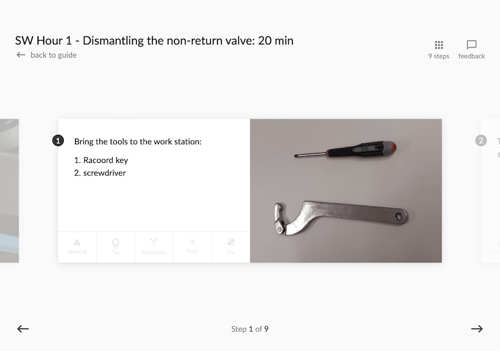
That’s it! Now on to standardizing your own procedures.
Also check out our other articles on SOPs:
👉 Standard Operating Procedures: 5 Reasons Why You Need Them
👉 What is a Standard Operating Procedure?
👉 SOP Template for Smarter (and Easier) Work.%20Best%20Practices%20%26%20Guidelines.png?width=1452&height=450&name=Standard%20Operating%20Procedures%20(SOP)%20Best%20Practices%20%26%20Guidelines.png)
Author
Revisions
It's time to simplify frontline training
Work instructions, checklists, and skills management - all in SwipeGuide
- Cut training time by 50%
- SOC I and II compliant
Get to know us
SCHEDULE YOUR DEMOResources
-
1
How to empower your frontline with better instructional design. -
2
How to gain the edge in Industry 4.0 with smart manufacturing practices. -
3
How to make excellent digital work instructions. -
4
How to deliver continuous improvement at the frontline with Lean principles. -
5
How to capture, share, and improve expert knowledge with digital SOPs.

